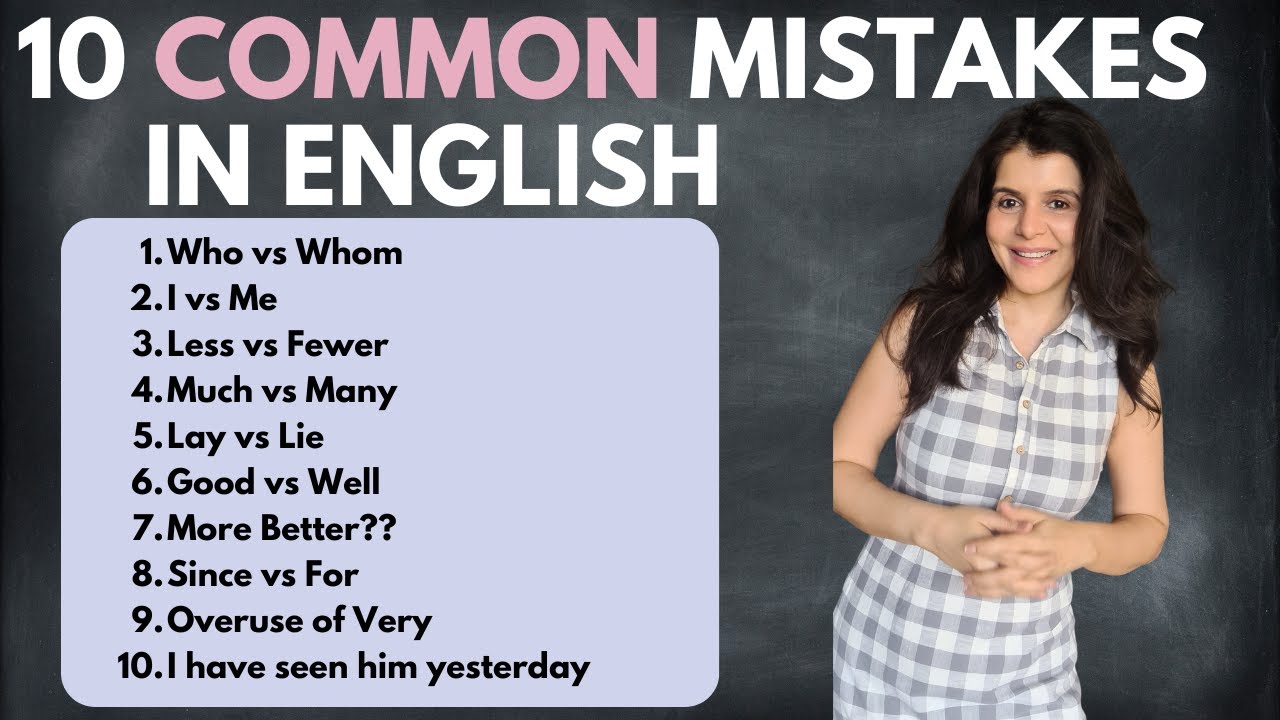How to Speak English Fast and Understand Natives | English Speaking Practice | Rules/Tricks
One of the most common challenges learners face while learning English is speaking quickly and understanding native speakers. Many non-native English speakers find it difficult to keep up with the pace of natural conversations and often struggle to catch every word or express themselves smoothly. However, speaking English fast and understanding native speakers is a skill that can be developed with consistent practice and the right techniques.
In this article, we will discuss effective strategies and tricks that will help you speak English faster and better understand native speakers. We’ll also cover essential rules and methods that will guide you in improving your English communication skills, whether you’re conversing casually with friends or participating in professional discussions.
Table of Contents:
- Mastering Pronunciation
- Learn to Use Contractions
- Practice Listening to Native Speakers
- Use Simple Sentences and Vocabulary
- Focus on Fluency, Not Perfection
- Imitate Native Speakers
- Understand Colloquial Language and Slang
- Engage in Real Conversations
- Stay Consistent with Practice
- Important Tips for Faster Learning
1. Mastering Pronunciation
To speak quickly and be understood, pronunciation is key. Native speakers often speak quickly, and clear pronunciation helps ensure that you’re understood. Here are some tips to improve your pronunciation:
- Listen and Repeat: Regularly listen to native speakers and repeat what they say. Focus on intonation, stress, and rhythm of their speech.
- Minimal Pairs: Practice minimal pairs (words that differ in only one sound), like “ship” and “sheep,” to improve your ability to distinguish similar sounds and pronounce them correctly.
- Use Tongue Twisters: Tongue twisters are a great way to improve your articulation and speed of speaking. For example, “She sells seashells by the seashore.”
2. Learn to Use Contractions
Native speakers frequently use contractions (shortened versions of words) in everyday speech. If you’re not using contractions, it can make your speech sound slower and more formal. Here are some common contractions:
- I am → I’m
- You are → You’re
- He is → He’s
- She is → She’s
- We are → We’re
- They are → They’re
- Would not → Wouldn’t
- Could not → Couldn’t
- Did not → Didn’t
Using contractions helps you speak more quickly and naturally. Try to replace full forms with contractions when speaking.
3. Practice Listening to Native Speakers
Listening practice is crucial for improving your understanding of fast English. Native speakers tend to speak quickly and use slang, so it’s essential to expose yourself to different accents and styles of speaking. Here are some ways to improve your listening skills:
- Watch Movies and TV Shows: Watch content in English with subtitles (start with subtitles in your native language, then switch to English subtitles). Try to watch movies, TV shows, and YouTube videos with different accents and speeds of speech.
- Listen to Podcasts and Audiobooks: Listen to podcasts and audiobooks while doing daily tasks. Try to imitate the speaker after listening to them.
- Slow Down Audio: If you’re listening to a podcast or audio lesson, slow it down. Many platforms allow you to control the playback speed, which can help you catch every word and gradually increase your listening speed.
4. Use Simple Sentences and Vocabulary
When you’re learning to speak English fast, focus on using simple and clear sentences. Native speakers may use complicated vocabulary, but it’s often more important to be understood than to use complex words. Here are some suggestions:
- Simplify your sentences: Instead of saying, “I would like to inquire about the status of my application,” say, “Can you update me on my application?”
- Use phrasal verbs: Native speakers often use phrasal verbs instead of formal words. For example, instead of saying “I will finish this task in a short period of time,” you can say, “I’ll wrap this up soon.”
- Avoid long pauses: In rapid speech, pauses can make you seem uncertain. Practice speaking without stopping too long between words.
5. Focus on Fluency, Not Perfection
Don’t worry about being perfect when you speak. The goal is to speak fluently, even if that means making mistakes along the way. Native speakers often make mistakes in casual speech, but they keep talking without hesitating. Here’s how to focus on fluency:
- Don’t overthink: Let go of the pressure to speak perfectly. Focus on expressing your thoughts rather than worrying about grammar and vocabulary mistakes.
- Practice speaking regularly: The more you practice speaking, the more confident you will become. Even if you make mistakes, just keep going!
- Use fillers naturally: Native speakers use fillers like “um,” “like,” and “you know.” These can help you keep the conversation flowing without rushing your words.
6. Imitate Native Speakers
One of the best ways to learn how to speak fast and naturally is to imitate native speakers. Try to mimic their intonation, rhythm, and tone. You can do this by:
- Shadowing: Listen to a short clip of a native speaker and repeat it immediately after. This exercise helps with timing, intonation, and speed.
- Record Yourself: Record yourself speaking and compare it with native speakers. This will help you identify areas to improve.
- Repeat Sentences: Pick a sentence or two from movies or podcasts and repeat them until you sound natural.
7. Understand Colloquial Language and Slang
Native English speakers often use colloquial language and slang in their conversations, which can make understanding fast speech difficult. Here are some examples:
- “What’s up?” instead of “How are you?”
- “Gonna” instead of “Going to”
- “Wanna” instead of “Want to”
- “I’m all ears” meaning “I’m listening closely”
- “Hit me up” meaning “Contact me”
The more you learn about these expressions, the easier it will be to understand native speech.
8. Engage in Real Conversations
One of the most effective ways to get used to speaking fast and understanding native speakers is by having real conversations. Engage with native speakers or other learners regularly. Here’s how you can practice:
- Language Exchange: Use language exchange apps (like Tandem or HelloTalk) to chat with native speakers.
- Join English Clubs or Groups: Participate in online communities or meetups where people practice English.
- Speak with Friends: If you have friends who speak English, practice having conversations with them on a regular basis.
9. Stay Consistent with Practice
To speak English fast and understand native speakers, consistent practice is essential. Even a small amount of practice every day can make a big difference. Here are some tips for maintaining consistency:
- Set daily goals: Aim to practice speaking or listening for at least 15–30 minutes a day.
- Use English in everyday life: Try to use English in daily conversations, whether it’s when shopping, ordering food, or chatting with friends.
- Keep a language journal: Write down new words, phrases, and expressions that you hear or use in your conversations.
10. Important Tips for Faster Learning
- Slowly increase speed: When practicing listening, try to gradually increase the speed of the audio as you improve. Start with a slower speed and work your way up.
- Learn from context: Even if you don’t understand every word, try to guess the meaning from the context.
- Use listening apps: Apps like BBC Learning English, TED Talks, or News in Levels offer listening exercises for all levels.
- Be patient: Speaking fast and understanding native speakers takes time. The more you practice, the faster you’ll improve.
Conclusion
Learning to speak English fast and understand native speakers requires consistent practice, a good understanding of grammar and vocabulary, and exposure to real-life conversations. By following these rules, tricks, and strategies, you can improve your fluency and comprehension. Remember, speaking quickly is not about rushing your words, but about becoming confident and natural in your communication. Keep practicing and be patient with yourself – over time, you’ll see significant improvement. Happy learning!



